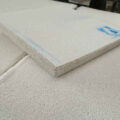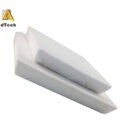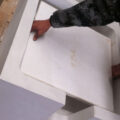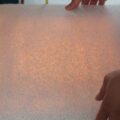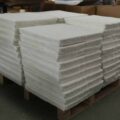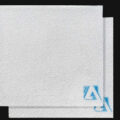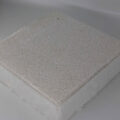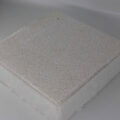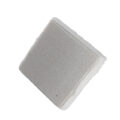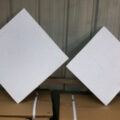AdTech provides a high-efficiency ceramic foam material for filtering molten metal, especially molten aluminum. The ceramic foam material is characterized by having a three-dimensional network structure with a plurality of interconnected voids surrounded by the net of the ceramic material with ceramic fibers. The air permeability of the filter is 400 to 8000×10 -7 cm 2. In addition, the filter has a porosity or porosity of 0.80 to 0.95. The filter is characterized by 5 to 45 holes per linear inch, and the effective range of the filter thickness is 1/4 to 4 inches. The filter is particularly useful in the filtration of molten metal, especially molten aluminum.
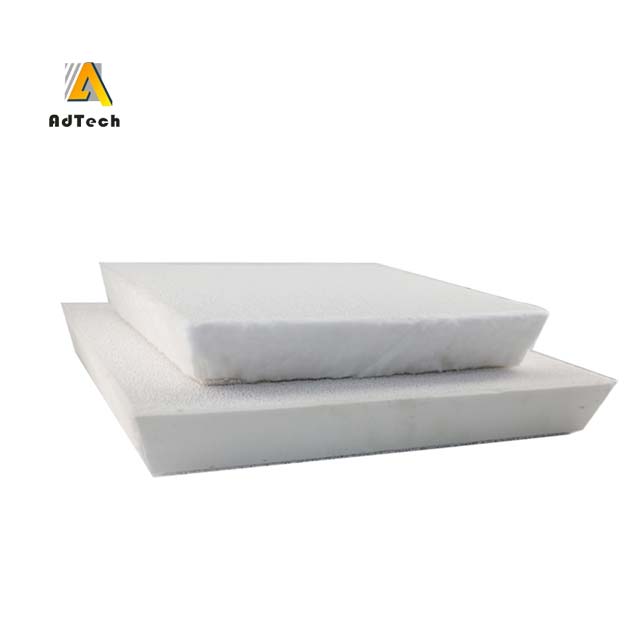
Under normal conditions, a relatively fine filter has an air permeability of 400 to 2500×10 -7 cm 2, a porosity or porosity of 0.80 to 0.95, and 20 to 45 pores per linear inch, especially if it is filtering 5000 series aluminum alloy. However, if the imported metal is particularly dirty, the metal should be preliminarily filtered through a coarse ceramic foam filter with a pore size of 5 to 20 ppi, an air permeability of 2500 to 8000×10 -7 cm 2, and pores or voids. Between 0.90 and 0.95. This can be achieved by providing a single ceramic filter with a certain level of performance or by using a series of filters with different porosities.
The ceramic foam filtering molten metal at 5.0 to 50 cubic inches per square inch of filtration area per minute. Aluminum filters 10 to 30 cubic inches per square inch per minute. The minimum metal flow rate in a normal aluminum casting operation is about 200 pounds. No more than 2000 pounds per minute. The metal flow rate per minute, a typical metal flow rate is about 500 pounds. Generally, for aluminum, the specific flow rate of the metal in the filter should not exceed 5 pounds. The metal filling amount per square inch of the filter cross-section per minute should preferably be less than 3 pounds. The flow rate through the filter is higher than the above-mentioned indicated value, which will cause the filter to pass too many undesirable non-metallic substances, so that high-quality sheet products cannot be produced. The lower limit is determined by actual size considerations, and an unrealistically large filter is required to handle bulk metal flow exceeding 1,000 pounds. Every minute, a ceramic filter larger than 45 square inches or 2025 square inches is required. Therefore, a typical filter of the present invention can be defined as a 16-inch square or about 250 square inches designed to pass 500 pounds.



